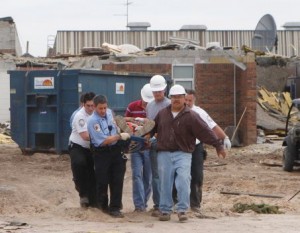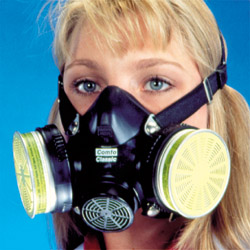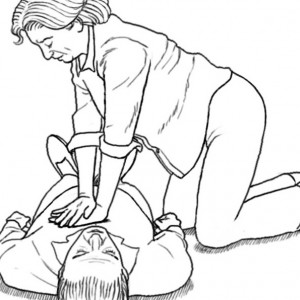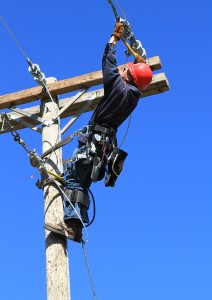 In 2010, there were an estimated 139,064,000 civilian workers in the U.S. private and public sector employed labor force, according to the Bureau of Labor Statistics Current Population Survey . Each day, many of these workers suffer injury, disability, and death from workplace incidents. In 2010, more than 4,500 U.S. workers died from occupational injuries. Although difficult to enumerate, annually about 49,000 deaths are attributed to work-related illnesses. In 2010, an estimated 3.9 million workers in private industry and state and local government had a nonfatal occupational injury or illness. Of those workers, 2 million were transferred, placed on work restrictions, or took time away from work. In the same year an estimated 2.6 million workers were treated in emergency departments for occupational injuries and illnesses, and approximately 110,000 of these workers were hospitalized (NIOSH, unpublished data, 2012).
In 2010, there were an estimated 139,064,000 civilian workers in the U.S. private and public sector employed labor force, according to the Bureau of Labor Statistics Current Population Survey . Each day, many of these workers suffer injury, disability, and death from workplace incidents. In 2010, more than 4,500 U.S. workers died from occupational injuries. Although difficult to enumerate, annually about 49,000 deaths are attributed to work-related illnesses. In 2010, an estimated 3.9 million workers in private industry and state and local government had a nonfatal occupational injury or illness. Of those workers, 2 million were transferred, placed on work restrictions, or took time away from work. In the same year an estimated 2.6 million workers were treated in emergency departments for occupational injuries and illnesses, and approximately 110,000 of these workers were hospitalized (NIOSH, unpublished data, 2012).
Each year occupational injuries and illnesses cause employers, workers, and society to pay tremendous costs for workers’ compensation and other insurance, medical expenses, lost wages and productivity, and the personal and societal costs associated with day to day living for injured and ill workers. In 2009, employers spent $74 billion on workers’ compensation insurance alone.
via CDC – Directory of NIOSH Traumatic Occupational Injury Resources.









